Israel's siege of Gaza's health system: an unprecedented military campaign one year on
The blackened, pockmarked and shredded walls of Al-Shifa Hospital are a haunting testimony to what has been 12 months of agonising Israeli attacks on all aspects of Gaza's health sector.
In April, UN officials, Palestinian civil defence and medical workers in Gaza City stood atop of mounds of sand and rubble to inspect what remained of the territory’s largest and most sophisticated medical complex.
The teams found burnt hospital beds, limbs poking out of sand, heard the alarming testimonies of doctors who were detained, and patients dying during Israel’s two-week siege on the hospital in March.
Al-Shifa Hospital was not uniquely targeted; just 10 days into the war, Al-Ahli Baptist Hospital in Gaza City was hit, killing dozens and shocking the world.
But as the conflict evolved, the Al-Ahli strike would be just one of thousands more attacks that put the lives of medical staff and patients at risk and devastated Gaza's health system, just as thousands of wounded poured in from bombing and shooting.
Unprecedented warfare on hospitals
Israel’s military operations against hospitals and health workers in Gaza have been incomparable to other world conflicts. Nineteen hospitals have been rendered non-operational, 130 ambulances have been damaged, and 986 health workers killed, according to the latest OCHA report.
Al-Shifa Hospital was first attacked in November in an embellished propaganda campaign by the Israeli army that accused the hospital of being a "Hamas command and control centre".
It was besieged for two weeks in March with over 100 people trapped inside as it was surrounded by tanks, while others who were able to flee in the hours before. Supplies of water, food, electricity and medicine became dangerously low and 21 patients died during the two-week siege due to lack of medical access.
In April, World Health Organisation (WHO) staff found a mass grave. Palestinians searching for missing relatives who had been in the hospital found their bodies, and at least 79 corpses were discovered by the civil Defence Team.
A WHO report found at least 115 beds in the emergency department burnt and 14 incubators in the neonatal intensive care department destroyed. Its emergency department was able to reopen in September following rehabilitation, but other sections of the complex are completely destroyed.
International humanitarian law protects medical facilities, staff and patients and prohibits targeting of hospitals unless they are used for military purposes "harmful to the enemy".
Humanitarian agencies, including Medical Aid for Palestinians (MAP), have called for international investigations into the mass graves found at Al-Shifa and Nasser Medical Complex.
The arrest of health workers
In another precedent, Israeli forces conducted mass arrests of medical workers who were rounded up and taken to Israeli detention camps. Human rights groups have called on Israel to end the practice of "incommunicado detention" but it continues.
Dr Mohammed Abu Salmiya, the director of Al-Shifa Hospital, was released in July after seven months of detention in an Israeli camp. On his release, he said he was subject to "severe torture" and repeatedly hit on the head.
Another surgeon from Al-Shifa, Dr Adnan al-Bursh who trained in the UK, was arrested in December and died five months later in Israeli custody. Inmates claim the doctor was repeatedly tortured.
Nasser Medical Complex in Khan Younis also came under violent siege in February, a hospital that was vital for Palestinians as they were pushed south by Israeli forces who gained control of the northern parts of the strip.
Dr Atef Mohammed al-Hout, the director general at Al-Nasser Hospital, said he saw his colleagues stripped, blindfolded, tied up and left on the ground "for no purpose".
"It was the most difficult moment of my life. I saw it with my eyes and still cannot un-see it," he later told MAP.
Israel’s 'hasbara' on Gaza’s hospitals
Israel’s notorious propaganda tactics, known in Hebrew as 'hasbara', were in full swing in the weeks leading up to the siege of Al-Shifa Hospital on 14 November.
On messaging sites such as X and Telegram, the Israeli army released videos, infographics, and social media posts alleging that the hospital was a "Hamas command and control centre" where the group was planning operations against Israel.
In one video released by the army, in a video-game style mock-up, masked fighters patrol brightly-lit underground corridors where a green Hamas flag is hanging on the wall and one room is filled with rifles and projectiles.
Media investigations from outlets such as Sky News, CNN, and The Washington Post found that Israel’s footage of alleged tunnel shafts and a stash of weapons was difficult to verify due to the ambiguity of the footage which only showed a hole in the ground.
An image of various weapons laid out on the ground shared by the army was also difficult to prove whether they were found at the hospital.
Analysts say that the hasbara method works to drum up public support for Israel’s military operations while depicting it as a victim. It has been used throughout Israel’s many wars on Gaza to attack civilian infrastructure like schools, hospitals or mosques.
A battered and bruised health system
Gaza's medical teams are still working in dire conditions 12 months on. Many report shortages of equipment, staff, and medicines.
Despite repeated international calls for greater pressure on Israel to improve conditions, hospitals are struggling to cope with the hundreds of daily injuries and need external support.
Israel’s military takeover of Gaza’s border gates has impeded desperately needed medical evacuations for sick men, women, children and the elderly.
Only 226 people have been able to exit the southern Rafah crossing since it was shut by Israeli forces on 7 May. Some of these have been flown to the UAE and Qatar for treatment in joint government initiatives.
The UN reports that 12,000 people need medical evacuation.
Looking back on the past year, one staff member at Medical Aid for Palestinians in Gaza Mohammed Aghaalkurdi, said that health work remains severely disrupted.
"The risk of operational disruptions in hospitals is a pressing issue, now more than ever," Aghaalkurdi, who is the medical programme lead, said.
"I have seen surgeons performing complex surgeries wearing only sterile gloves, and nothing more, no gowns, no drape - nothing. Other surgeons used clothes to stop internal bleeding instead of abdominal swabs."
Other team members from MAP, when asked to reflect on the last year, recalled treating children wounded from shrapnel too often.
Sondos Alashqar, programme assistant in Gaza, said that the past 12 months had been one of "the hardest year we’ve ever lived".
"Who could have imagined that in this rapidly advancing technological world, the world would remain silent, witnessing constant Israeli military attacks and the displacement of so many people now living in tents, yet saying nothing?"
![Gaza's main Al-Shifa hospital has become a stark symbol of the devastation wrought by the war [Photo by OMAR AL-QATTAA/AFP via Getty Images]](/sites/default/files/styles/large_16_9/public/2173106181.jpeg?h=b854f50f&itok=dLoxT5__)

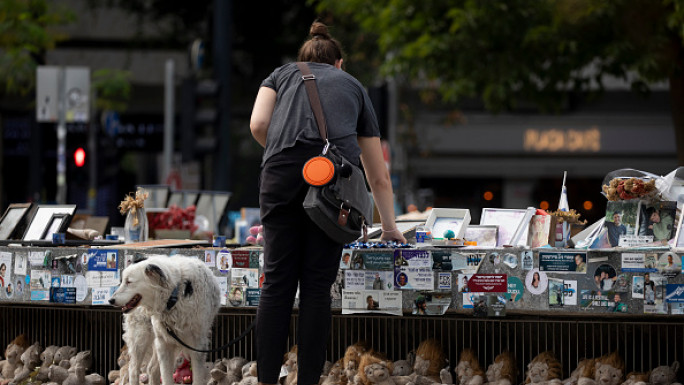
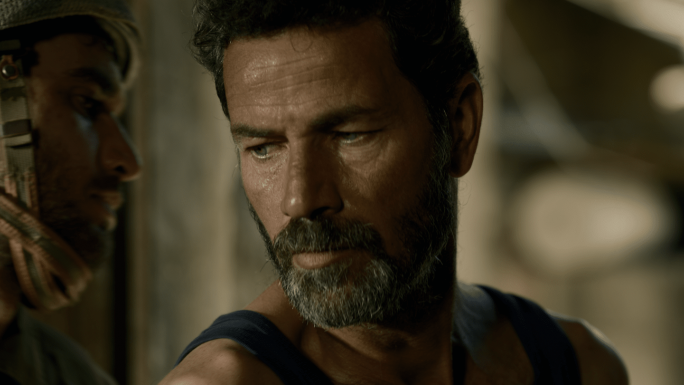
![The protest took place outside the White House, the US's seat of power [Getty]](/sites/default/files/styles/image_684x385/public/148770684.jpeg?h=e71d2955&itok=YRSMW-Za)
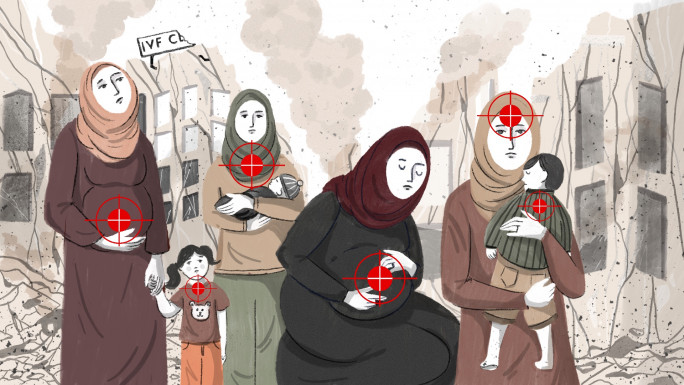
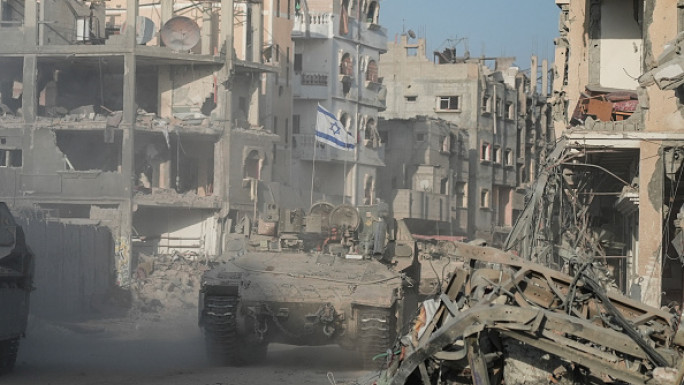
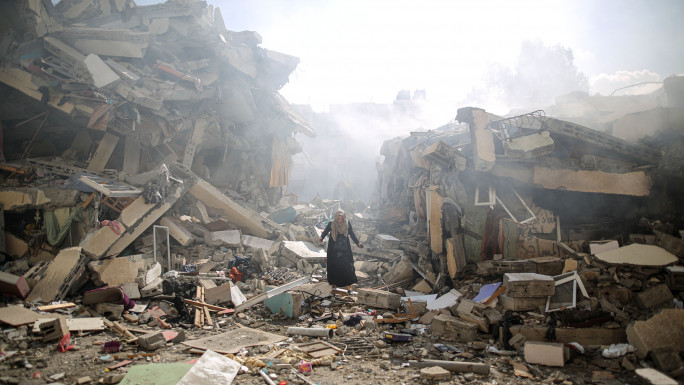
![US military Israel [Getty]](/sites/default/files/styles/image_330x185/public/2076701005.jpeg?h=a5f2f23a&itok=KaNpBRGN)

![Lebanon kicks off renowned Baalbek music festival [AFP] Lebanon kicks off renowned Baalbek music festival [AFP]](/sites/default/files/styles/image_212x120/public/media/images/78B7EF29-7112-4567-85CC-D0A28596B8F8.jpg?h=d1cb525d&itok=JDftiZNJ)